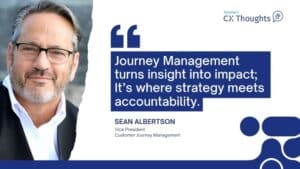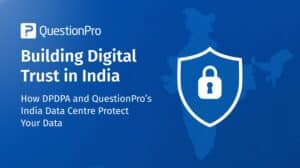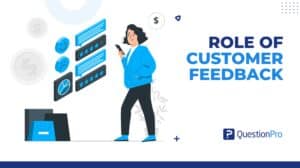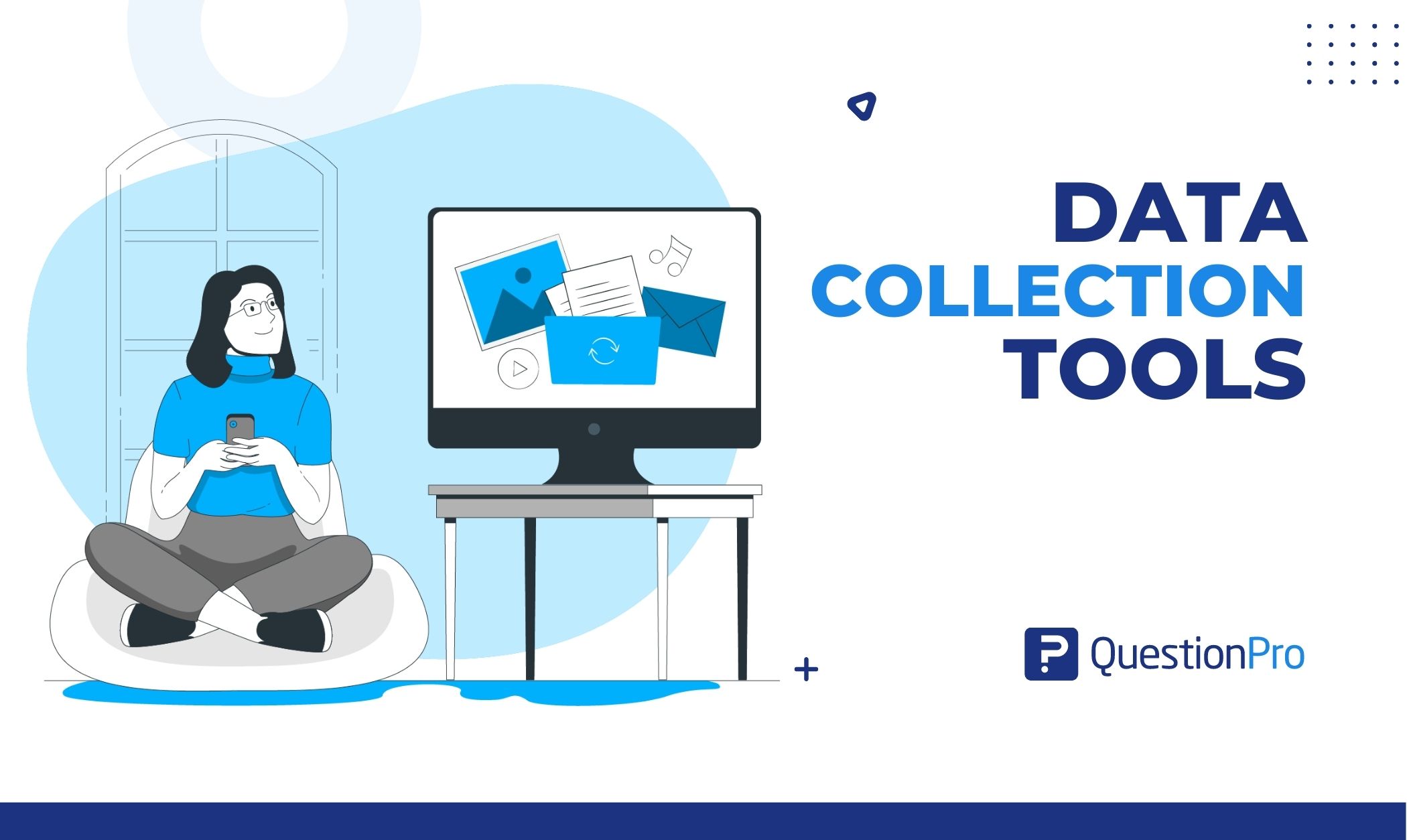
Data collection tools have changed the way market research is done. They have turned data collection and analysis into a smart process that improves business outcomes, which is an important aspect of any business as they collect, measure, and analyze data that can be used for business decisions, strategic planning, research, and other things.
Gone are the times when organizations used to make strategies based on assumptions, instincts, and possibilities. Today, they cannot afford to make a mistake or miss a chance and let the competitor win. Business leaders and analysts rely on raw data to drive growth and revenue.
In this blog, we will discuss what a data collection tool is and explore the best options to help you choose the best one.
What are Data Collection Tools?
Data collection tools are essential instruments used in research. Those enable you to collect and store data from various sources. They come in various forms, ranging from simple paper questionnaires to advanced software applications.
They can be used for many different things, like market research, getting customer feedback, keeping track of website traffic, or gathering data for academic research efficiently and effectively.
Choosing the right data collection tool is crucial for obtaining accurate and reliable data. When selecting the appropriate tool, researchers must consider the research question, the population being studied, and the desired level of detail. Each tool has its strengths and weaknesses, so researchers should choose the one that best suits their research objectives.
There are a lot of different kinds of tools for collecting data, and the best one for a given situation depends on the user’s specific data needs and goals.
Types of data collection tools
The success of market research depends on the accuracy of the data collected. However, it doesn’t end here. It is important to analyze this data so the management executives can understand it.
There are multiple data collection and market research tools available in the market. Choosing the right one depends on your requirements.
Some of the most commonly used data collection methods are
1. Interviews
Interviews are a data collection method by which one person asks a series of questions to another who is part of the target audience. The one-to-one interview can be conducted in person or over the phone call.
The answers are recorded and analyzed to understand their behavior, choices, and experiences. An interview gives high-quality data as the respondent is less likely to give false responses when facing someone directly. The limitation of this data collection mode is that it is not feasible for large-scale data collection. Also, it is time-consuming to interview many people on a one-to-one basis. Interviews are most appropriate when the subject is complex or sensitive.
2. Observation
Observation is a data collection technique in which the target audience is given the problem statement, and their responses are noted with minimum interference from any moderator.
While the respondent is busy thinking about answering the questions, their body language, mannerisms, facial expressions, voice tone, etc., are noted. These nonverbal signs are an important input for making decisions.
The best thing about this method is that it requires less preparation on the researcher’s part. The downside is that the respondents might get conscious of themselves if somebody is constantly observing them. It might even make them feel uncomfortable.
Observation is a data collection technique in which the target audience is given the problem statement, and their responses are noted with minimum interference from any moderator. While the respondent is busy thinking about answering the questions, their body language, mannerisms, facial expressions, voice tone, etc are noted.
These non-verbal signs are an important input for making decisions. The best thing about this method is that it requires less preparation on the researcher’s part. The downside is that the respondents might be conscious of themselves if somebody constantly observes them. It might even make them feel uncomfortable.
3. Surveys
Surveys are a list of questions designed to touch upon various features of products and services. Based on the data collected, various analytical algorithms are run, and reports are generated. Surveys are conducted through online data collection tools, and the survey questions can be distributed through email, website, mobile app, QR code, or social media platforms.
These data-gathering tools can generate a variety of reports, including:
- Trend Analysis
- Data Segmentation
- Correlation Analysis
- Conjoint Analysis
In large enterprises, multiple teams often rely on these reports. The reports typically need to be shared with many people across the organization.
This creates a need to export the reports in commonly used formats such as .xls, .doc, or .pdf. Moreover, the survey data can be used further by integrating third-party apps with the survey builder tool. This multiplies the usability of the data collected and improves ROI.
Survey builder software offers great flexibility. The user can select from various question types and add logic to customize the survey’s flow based on the answers given by respondents.
Respondents can answer based on their convenience. If a respondent has started the survey but hasn’t finished, the administrator can send scheduled reminders and increase the response rate. Surveys can reach a vast audience simultaneously and collect a lot of data in less time than other methods.
4. Usage Data
With the growing use of technology, data is collected at various points from manufacture to delivery. This data can be used to improve business outcomes. Historical records, application usage data, sales reports, GPS location coordinates, etc, are some of the examples from which useful data can be gathered. Such data collection methods can be used when you want to optimize existing systems instead of creating new ones.
5. Focus Groups

Focus groups are a group of people who come from various fields of life. They are subjected to a group discussion in the presence of a moderator. As people come from different backgrounds, it leads to exploring various angles of thought. It is believed that diversity in thoughts leads to innovation.
Focus groups help stakeholders validate the facts on the spot and collect a diverse data set. This data collection method suffers from the risk of an over-influential person in the group. The moderator must manage the discussion and balance the group dynamics. Focus groups are apt for beta testing of newly launched products.
6. Histogram
A histogram can be a powerful tool for data collection and analysis. It provides visual insights into a data set’s distribution and helps to find meaningful trends, outliers, or patterns.
Histograms work by organizing data into “bins” or intervals -and then substituting the bins with the frequency of which that range occurs in your dataset under one axis to show you how scattered out (how much spread) or close together it all is at a glance.
A histogram is a useful feature in most survey analysis tools. They allow the analyst to visualize the frequency of responses across different categories, which will help them check what fast-transfer data or variance-based information and create their claims.
Histograms help visualize the “form” of a distribution, whether it is regular, uneven or has multiple peaks.
7. Text analysis tools
Text analysis tools are used to gather and analyze data, for example, in studies, market research, and general psychology. They give us a sense of how people think, talk, and link ideas, which is incredibly useful.
Sentence Completion
This method provides people with an incomplete sentence they have to finish. It allows them to speak honestly and genuinely from their heart.
For example, if someone completes the sentence ‘The most important thing at work is…’ it can show what they value most about their job, like recognition or motivation. This approach allows for honest, spontaneous responses, but it can be tricky to measure because it’s subjective.
Word Association
Word association is when someone is asked to say the first word that comes to mind after hearing a specific term. For instance, when asked about “recognition,” they might immediately think of “appreciation.”
This method is quick and can show automatic connections people make, but it only sometimes gives in-depth answers and can be open to different interpretations.
Data collection tools must be selected based on low barriers to entry, ability to scale, and advanced features beyond basic data collection.
Top 7 Best Data Collection Tools
There are many different kinds of tools for collecting data, such as data collection surveys, data collection apps, and general data collection software. Here’s a list of data collection tools you can use to analyze data at work:
01. QuestionPro
QuestionPro is a survey platform and one of the best data collection tools. They have easy-to-use software with tools for creating, distributing, and analyzing online surveys, polls, forms, and quizzes. With these tools, users can easily gather and analyze data.
Businesses, researchers, and organizations use it as a data collection tool to gather insights and data from specific people. It is one of the best data collection tools, especially helpful for businesses and organizations needing feedback or researching the market.
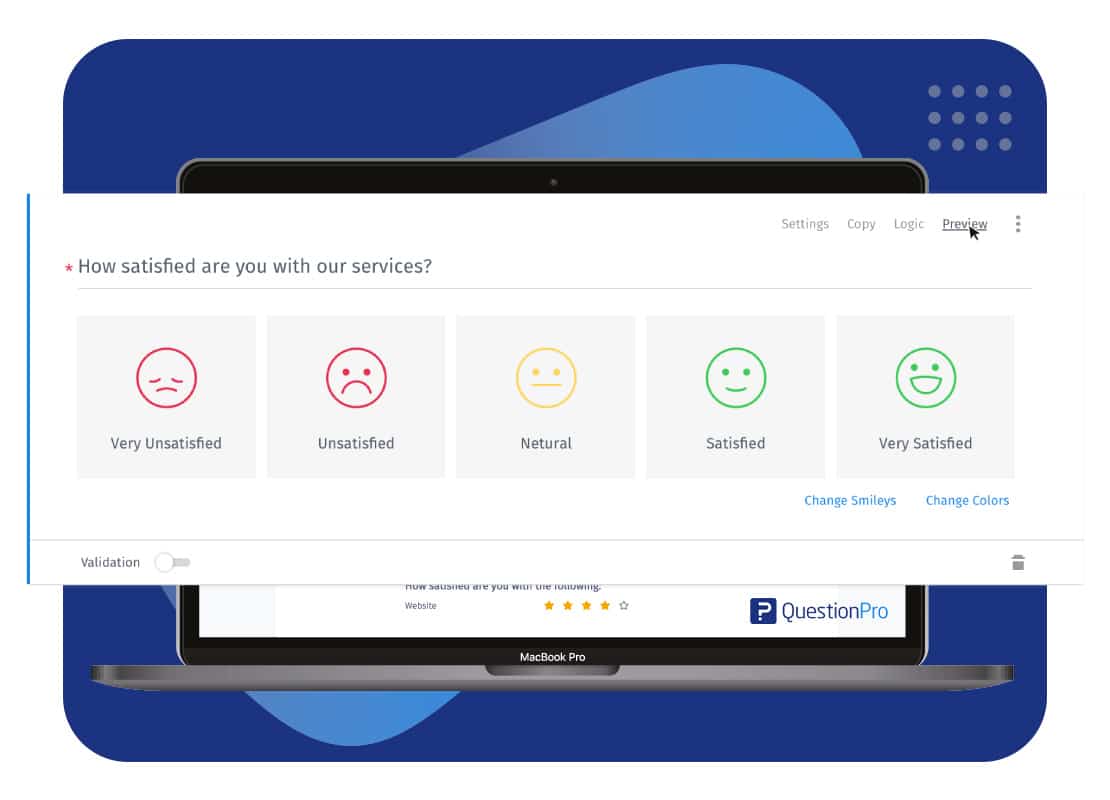
Best feature:
- Real-time data analysis capabilities
- Pre-made templates
- Multiple question types and formatting options
- Real-time survey insight
- Advanced skip logic and piping functionality
Pricing
QuestionPro premium pricing begins at $99.00 per month.
02. Magpi
Magpi is an application that provides mobile forms for field data collection. This information can then be put into online dashboards and reports that update in real time or can be added to online systems. Magpi is often used by businesses that want to do maintenance surveys, equipment inspections, site inspections, and progress reports.
Best feature:
- Interactive voice response
- Offline data entry
- logical branching
Pricing
Their basic pricing plan starts at $250.00, and enterprise pricing starts at $1000.00 monthly.
03. Zonka Feedback
It is one of the most widely used data collection tools and feedback collection tools. Zonka is also widely used to analyze customer interviews or surveys. You can do three types of surveys: NPS, CES, and CSAT.
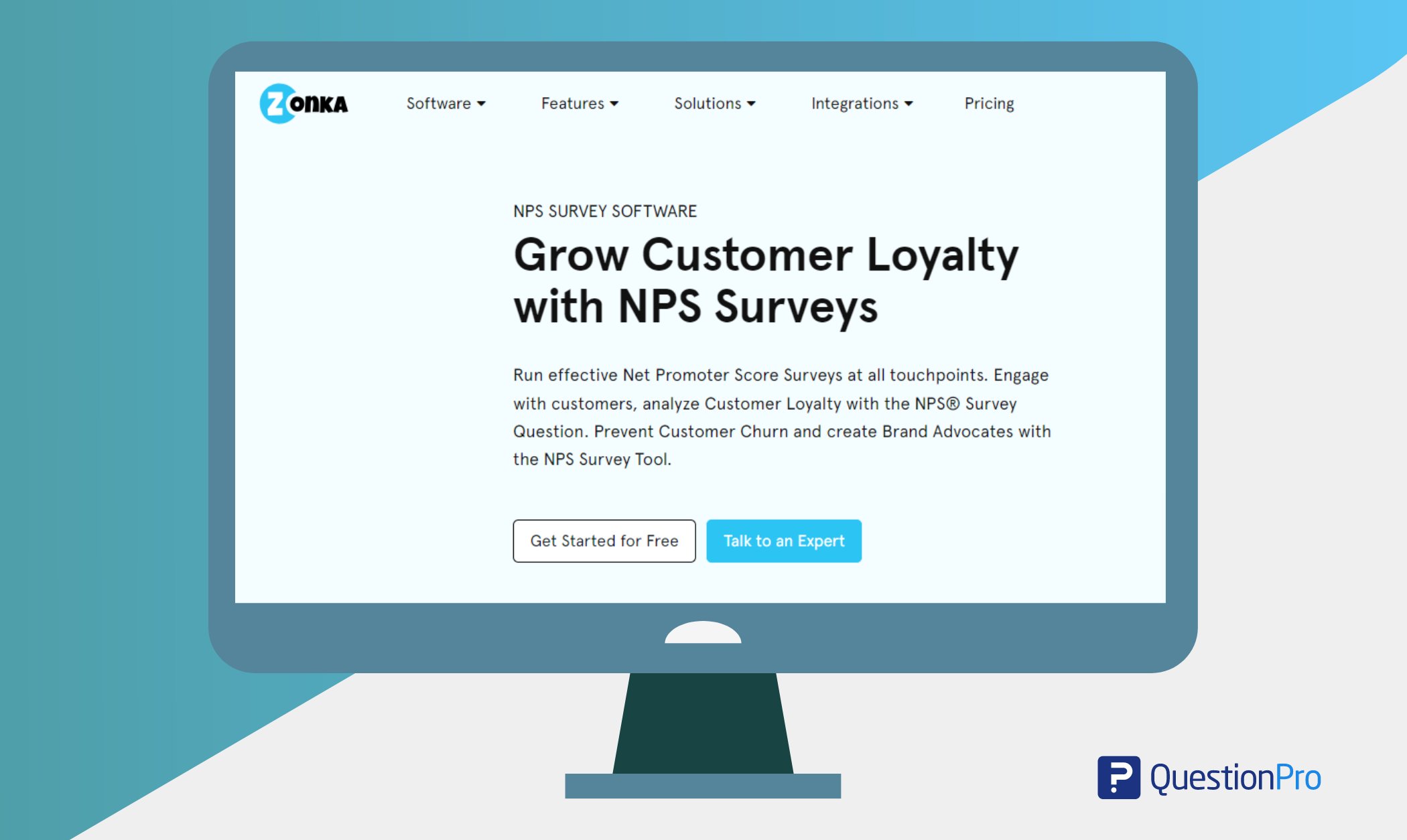
Popups, feedback buttons, embeds, and links can capture customers’ website experiences. With Zonka’s WYSIWYG editor, you can create interesting surveys in minutes.
Best features:
- Pre-made templates
- Real-time data analysis capabilities
- Conditional branching
Pricing
Professional pricing starts at $99.00 monthly with a free trial opportunity.
04. Paperform
It is a dependable data collection tool that allows anyone to easily develop forms or product pages. With Paperform, you may gather more than 20 different sorts of data online, including files, eSignatures, emails, text, addresses, and photographs.
The question fields also automatically format your data, making it easy to inspect, export, and analyze.
Best features:
- Export data anytime in PDF, CSV, or Word doc formats
- Zapier integration
- Data is stored in the cloud and is protected by SSL
Pricing
They categorized their pricing into 3. The starting (essential) price begins at $20.00 monthly.
05. FastField
FastField is one of the best data collection tools with advanced features that make collecting and sending data easy, and it also gives you tutorials to help you learn how to make forms.
This tool for collecting data can also show large amounts or specific types of data right away in charts, graphs, or other types of reports that are easy to understand.
Best features:
- Easy to use
- Zapier integration is possible
- It supports multiple mobile form apps
Pricing
FastField pricing starts at $20.00 per month.
06. Zoho
You may develop forms to collect data, share them online, and receive fast alerts with Zoho. There are more than 30 different types of fields, themes that can be changed, templates for different situations, and a simple user interface. It lets you make beautiful and useful forms for all your needs.
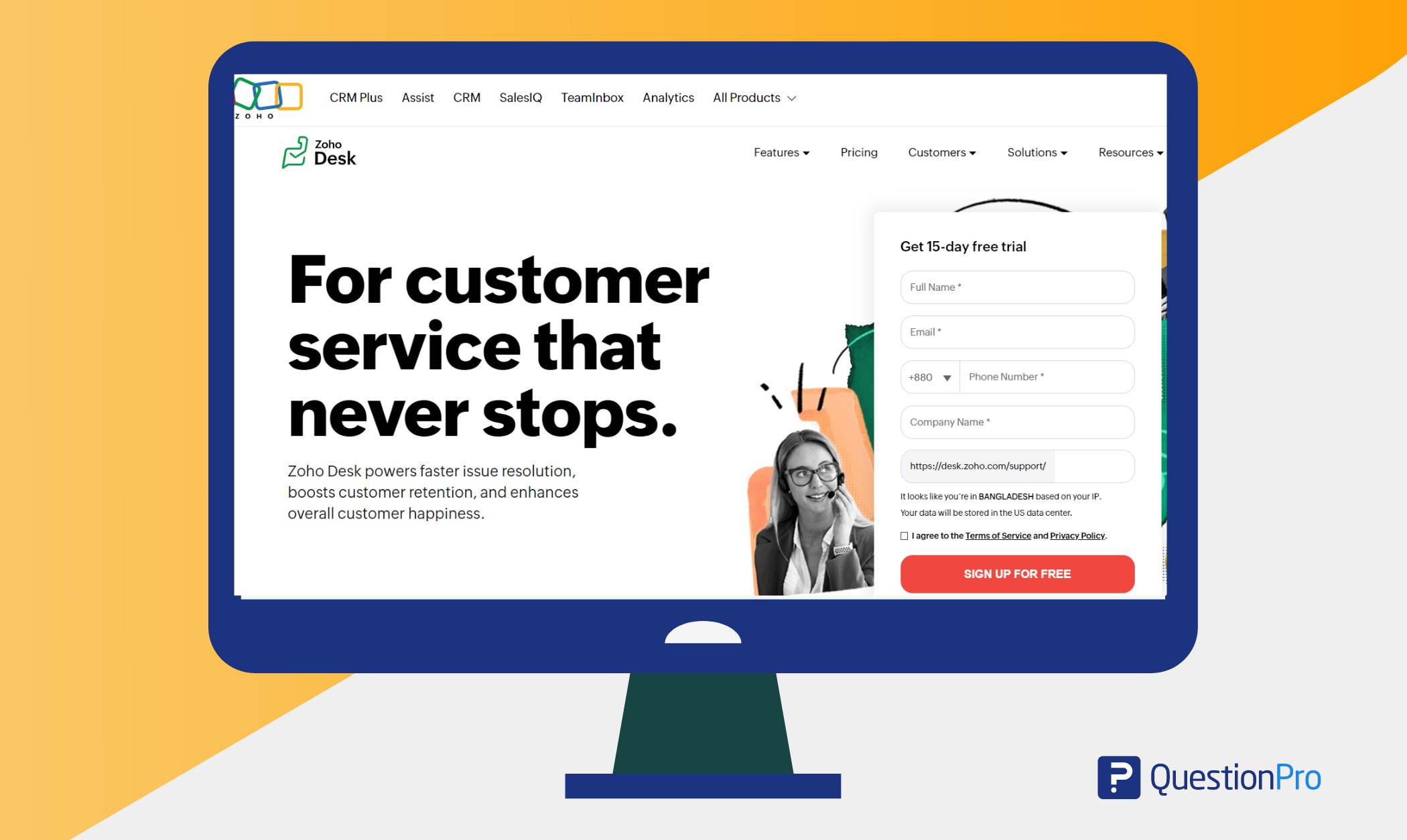
Zoho Forms is the front-end software for data collection systems. It is very reliable and can be used with many different applications.
Best features:
- Allow sharing form links on social media
- Form creation both online and offline
- Location-based Surveys
Pricing
They have 4 sets of pricing. The pricing starts from $14.00 monthly.
07. Device Magic
Device Magic is one of the best tools for collecting data. It lets you manage your teams at different job sites or survey locations.
This tool’s drag-and-drop feature makes it easy for beginners to get started. Its answers can be time-stamped or geo-stamped automatically to show when and where the form was filled out.
Best features:
- Drag and drop functionality
- Time-stamped automatically
- Geo stamped
Pricing
Contact Device Magic for pricing details.
Are you curious to know about knowledge management tools? Explore QuestionPro’s blog to learn about it.
Importance of Data Collection Tools
Data collection tools help us better understand employees and customers by collecting their feedback, opinions, and choices. They can also help us improve their experience by meeting their expectations of products and services. To achieve this, the data must be rich enough to extract meaningful insights. This will help improve market segmentation practices.
1. Improved Decision-Making
Data collection tools help organizations gather quantitative data and qualitative data information, which can then be analyzed to inform decision-making.
2. Accuracy and Reliability
Tools like surveys, sensors, and software programs help organize and consistently gather data. These tools ensure the information is accurate, reducing the chances of errors or bias and leading to more reliable results.
3. Efficiency in Data Management
Automated data collection tools reduce manual data entry, making the process more efficient. They minimize human error and allow faster collection, processing, and analysis.
4. Scalability
Modern data collection tools are designed to handle vast amounts of data, allowing organizations to scale their operations. Whether dealing with thousands of survey responses or tracking millions of customer interactions, these tools can handle the growing complexity of data needs.
5. Cost-Effectiveness
Efficient data collection methods reduce operational costs by automating repetitive tasks, eliminating paperwork, and reducing the need for large teams to gather and process information. The long-term benefits include reduced data storage, retrieval, and analysis costs.
Data collection tools are indispensable for achieving accuracy, improving efficiency, reducing costs, and enabling informed decisions. They are a critical foundation for data-driven success across all sectors.
Steps to Effectively Collect Data
It holds all-important steps that must be taken to make data available correct, reliable, and helpful in storing. Below is an analysis of the process of collecting data:
01. Define Your Objective
Know the purpose of your research before connecting it to a data collection tool. What are you trying to learn? Whether you are diving into employee appreciation, customer happiness, or market insights, make sure to have a very clear goal behind it—this will shape your approach.
02. Select the Right Data Collection Tool
Choose the tool that best fits your objective. For example:
- Surveys for quantitative feedback.
- Interviews for in-depth qualitative insights.
- Text analysis tools like sentence completion and word association explore subconscious thoughts and associations.
03. Prepare the Tool
Make Questions or Prompts Carefully. Make them simple to read and impartial. Write open-ended sentence starters such as: “The thing I find most rewarding about my job is…”. Select critical terms associated with your research for word association.
04. Collect the Data
Deploy your tool online, in interviews, or on paper. To prompt honest responses, create an accommodating and non-judgmental environment.
05. Analyze the Data
Analyze your responses after receiving them. Sentence Completion and typed Word Patterns (Using Text Analysis Tools) allow you to explore mindsets, feelings, and tastes that are otherwise nebulous.
06. Interpret the Findings
Turn the data into meaningful insights. What do the responses say about your research question?
For example, do employees frequently associate “recognition” with “appreciation” or “motivation”?
07. Report and Apply the Results
At the end, share what you have learned in as clear and actionable terms as possible. You can analyze the data you receive to make decisions and test your strategies/ approach based on the insights you collected.
Why is QuestionPro One of the Best Data Collection Tools?
QuestionPro is a data collection platform that enables you to create and distribute surveys and collect participant responses. You can use the platform to build your survey, choose your target audience, and decide how you want to distribute the survey.
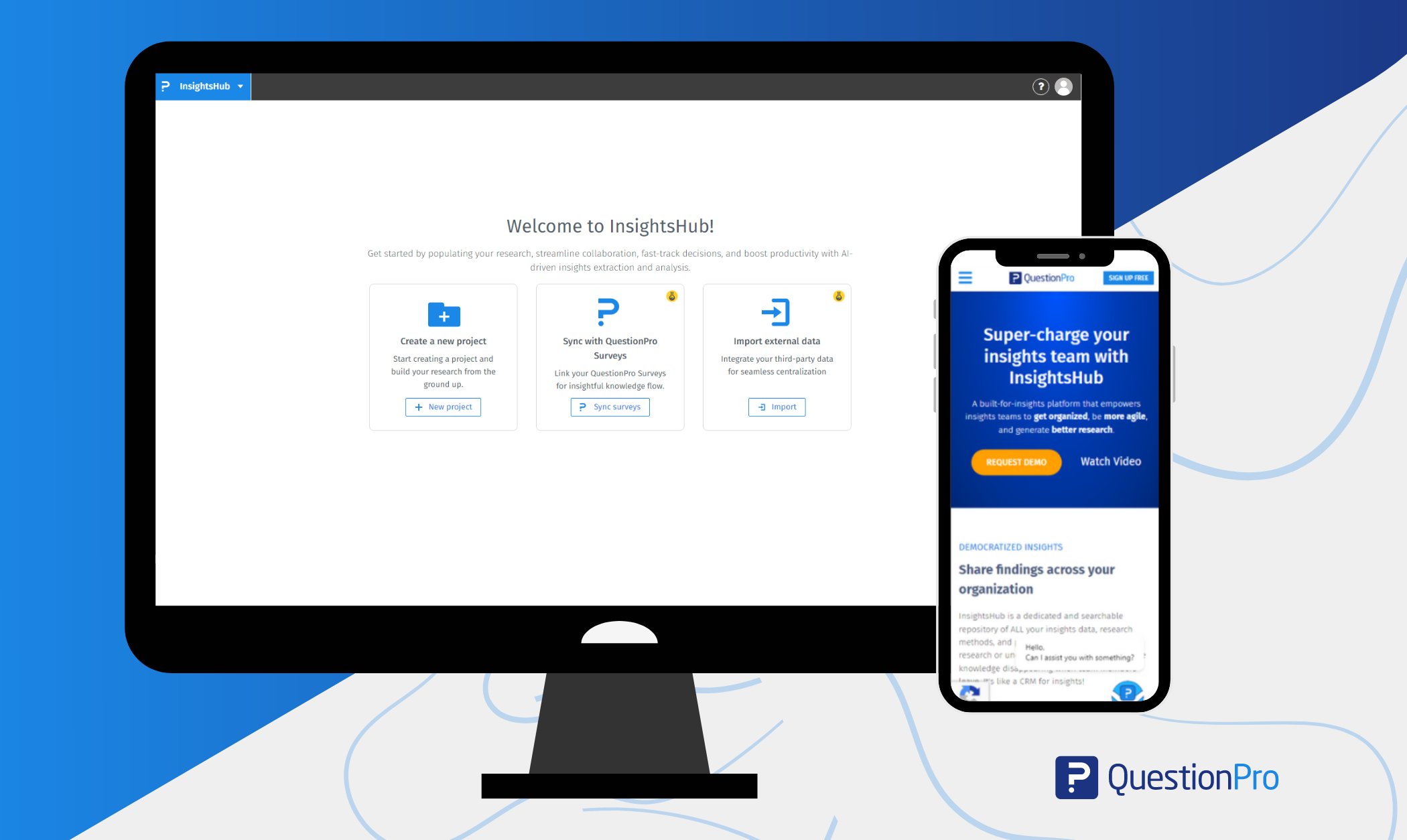
They give you many ways to analyze and report on your collected data, such as real-time data visualization, exporting to Excel or CSV, and integrating with other tools like Google Analytics.
QuestionPro has many features that can help you conduct good surveys and collect data. QuestionPro can help you collect and analyze data, whether you are a researcher, a business owner, or someone who wants to hear people’s thoughts. And for those reasons, QuestionPro is one of the best data-collection tools for your company.
LEARN ABOUT: 12 Best Tools for Researchers
Conclusion
Finding the best data collection tools is important when your business depends on data. You need a perfect real-time platform to collect data and show a full analysis to help you make decisions.
QuestionPro can be the best option for you if you are searching for the best data collection tools. You can create surveys with ready and customized questionnaires and distribute them through various ways like email and social media or embed them on a website.
Then you can collect feedback as data from the participants. Finally, you can view the collected data in real time and use the analysis and reporting tools to look deeper into the results.
Frequently Asked Questions( FAQs)
Data collection tools are essential instruments used in research that allow you to collect and store data from various sources. They can take many forms, including simple paper questionnaires and advanced software applications.
Questionnaires are effective for data collection because they are versatile, scalable, and easy to analyze. They can gather a wide variety of information from many participants, resulting in a diverse dataset.




